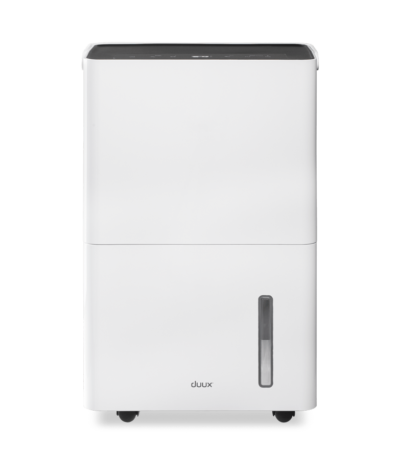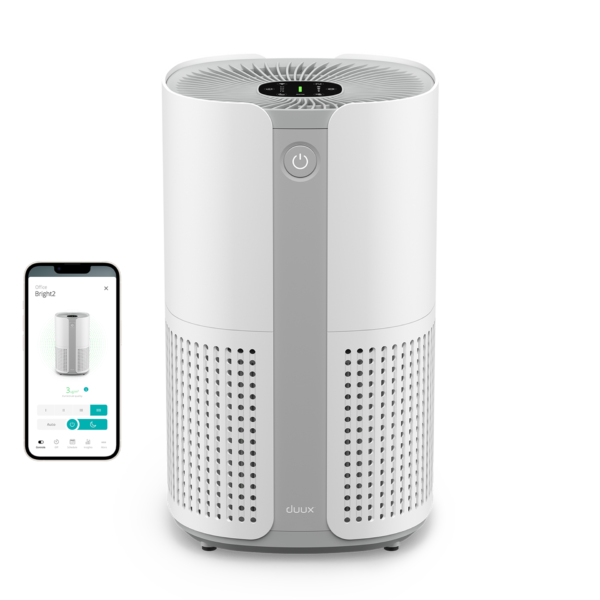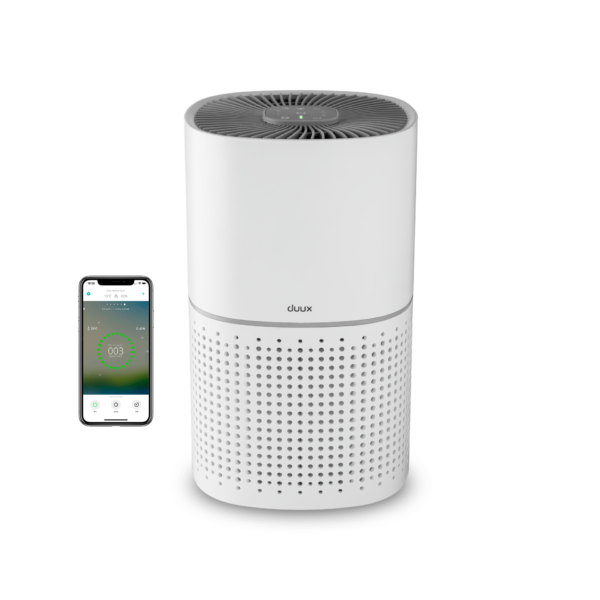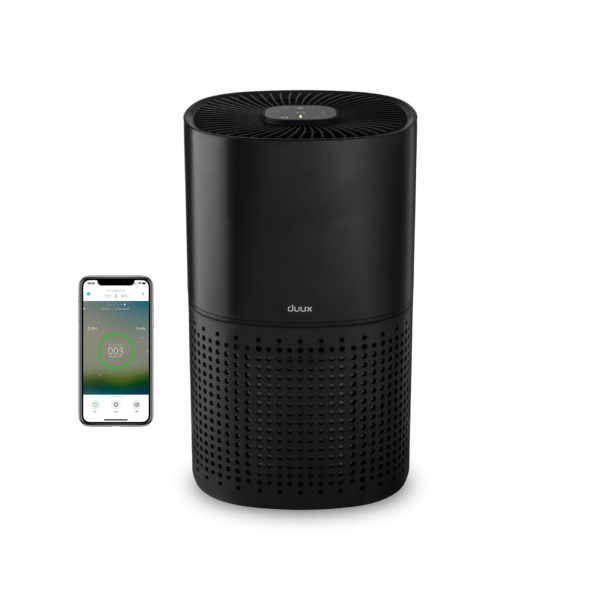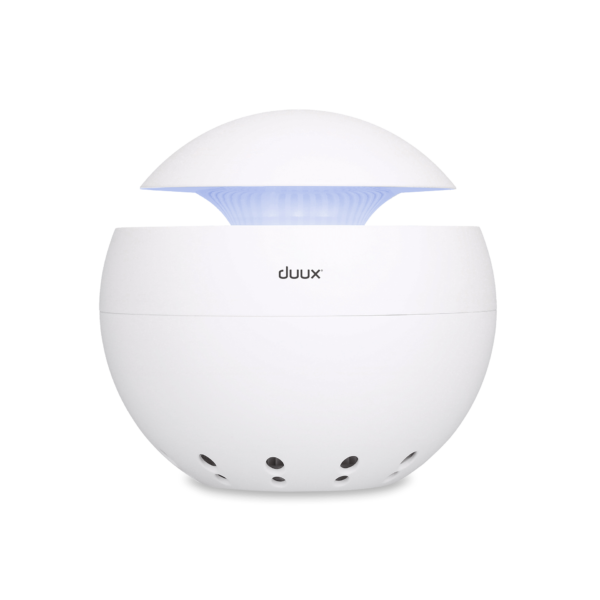
What is air quality?
Air quality is an indicator for the quality of air. Depending on the extent to which pollution sources are present in the air, a distinction can be made between clean and polluted air. Polluted air is caused by various pollution sources floating in the air. Because of the diversity of pollution sources, air purifier is relevant at different times. Whereas a person with hay fever suffers primarily from pollen sources in the spring, this is less the case for a person with asthma complaints, depending on the season. But also people without allergies benefit from the use of a air purifier.
Fine dust
Our air purifiers filters (fine) dust from 2.5 micrometres in size (PM2.5). For reference: a fine dust particle is 1/30th of a human hair.
Pollen
Pollen is the name for the pollen from flowers that is spread by the wind and remains in the air. About 1 in 8 people are allergic to it.
Cooking odors
Although many people find the odors released during cooking to smell pleasant, the cooking fumes released during food preparation are actually harmful to inhale.
House dust mite
House dust mites are small spider-like animals that like to nestle in fabric products, such as upholstered furniture, curtains and bedding. The waste products of the house dust mite can cause allergic reactions.
Chemicals
Chemicals are chemicals found in many of our everyday products; think of cosmetics like perfume or deodorant, scented candles and cleaning products.
Pet dander
More than half of all families worldwide have a pet. What many people don't know, however, is that floating hair and dander from our faithful four-legged friends can be harmful to our health.
Smoke
Although we all recognise the harmful smell of smoke, smoke also has a negative impact on indoor air quality.
5
times worse indoor air quality
90%
of our time we spend indoors
20.000
times a day we breathe
10.000
liters of air we breathe per day
How do you measure air quality?
Because pollution sources causing polluted air are not visually detectable in most cases - for reference, a particulate particle is 1/30th of a human hair - a PM2.5 laser sensor is the most efficient way to measure air quality. This sensor is built into Bright 2 by default and measures particulate matter in micrograms per cubic meter (µg/m³). If the value is between 0-20, the air quality in the room is excellent to good. If the value is between 21-75, the air quality is moderately to moderately unhealthy. At a value between 76-999, the air quality is considered (very) unhealthy and in some cases even hazardous.

What do you notice about poor air quality?
Contrary to popular belief, polluted air is not only noticeable with asthma, allergies or hay fever. Health complaints such as tightness in the chest, dry skin, eyes or throat and headaches indicate that the air quality indoors is polluted.
Headache
When the air in a room is not sufficiently refreshed, CO2 and water vapour from our breathing (as well as pollution sources) increase. This lowers the oxygen level, which causes headaches.
Concentration
When the air in a room is not sufficiently refreshed, CO2 and water vapour from our breathing (as well as pollution sources) increase. This lowers the oxygen level, which causes a low ability to concentrate.
Fatigue
When the air in a room is not sufficiently refreshed, CO2 and water vapour from our breathing (as well as pollution sources) increase. This lowers the oxygen level, which causes fatigue.
Shortness of breath
When pollution sources are inhaled, this can irritate the lungs, making breathing difficult. This can occur, for example, when inhaling chemicals such as paint, but also when inhaling sources of pollution that are more difficult to see.
Airways
When pollution sources are inhaled, they can irritate the airways, causing difficult breathing and/or irritation of the cavities and trachea.
Coughing
As a natural reaction to inhaling pollutants that irritate the airways, you may start coughing. Coughing clears the lungs, windpipe and throat.
Allergies
The quality of the air you breathe is logically related to allergic reactions. If the air quality is polluted, you may experience symptoms that make breathing difficult.

What to do about poor indoor air quality?
If you suffer from polluted air in your home, you can effectively improve it by using a air purifier. A air purifier is a device that draws in air and filters out the sources of pollution using a multi-layer filter, after which clean air is blown into the room. During this process, negative ions are dispersed through the room; these attach to fine dust particles so that they descend and can be extracted by the air purifier . The capacity of a air purifier can be demonstrated using the Clean Air Delivery Rate (CADR). The CADR indicates how many cubic metres a air purifier cleans per hour and depends on the capacity of the air purifier and the type of filter.



